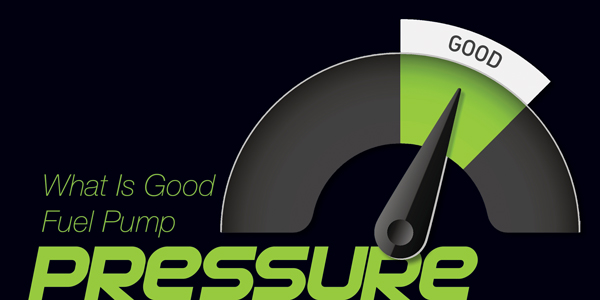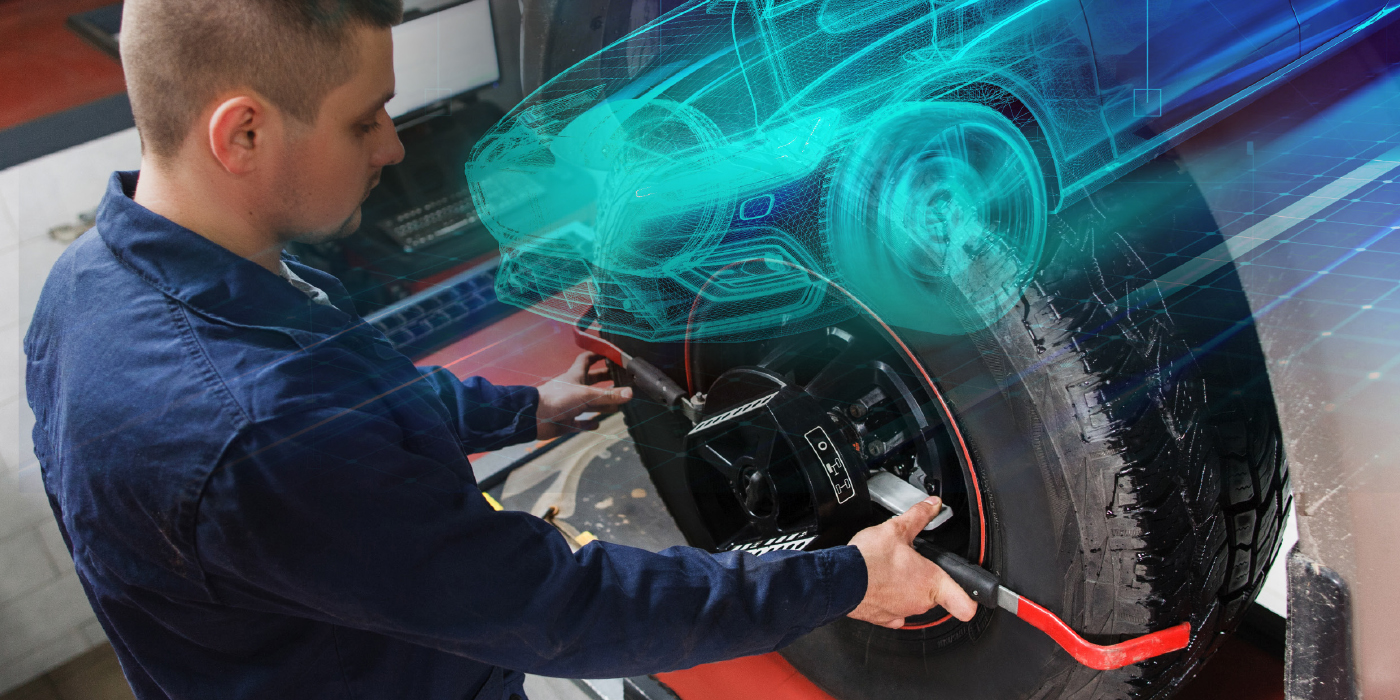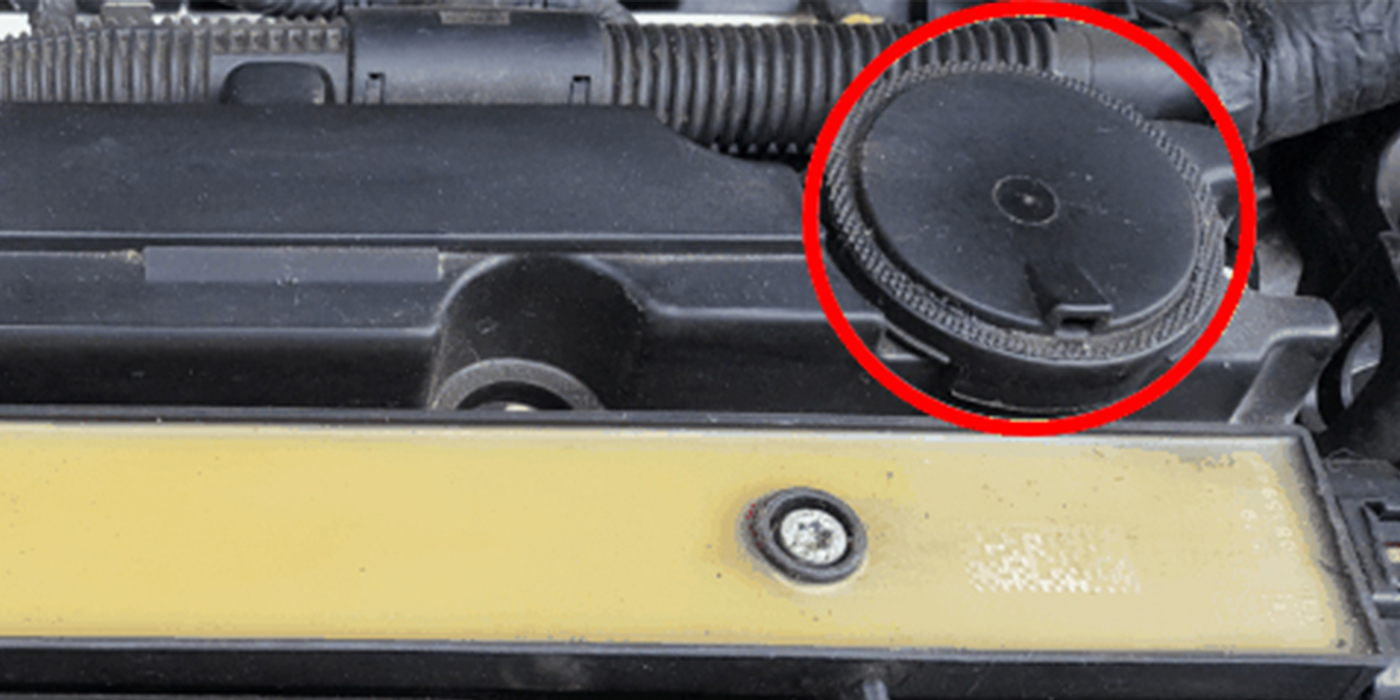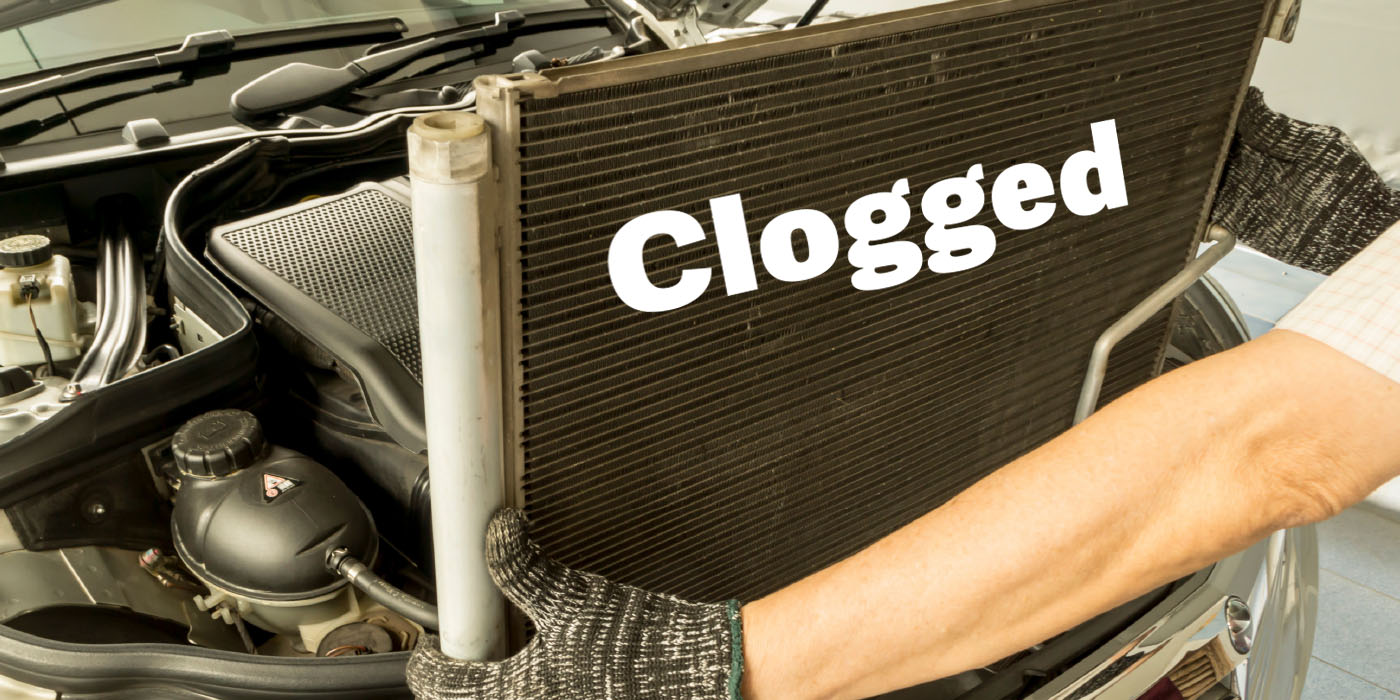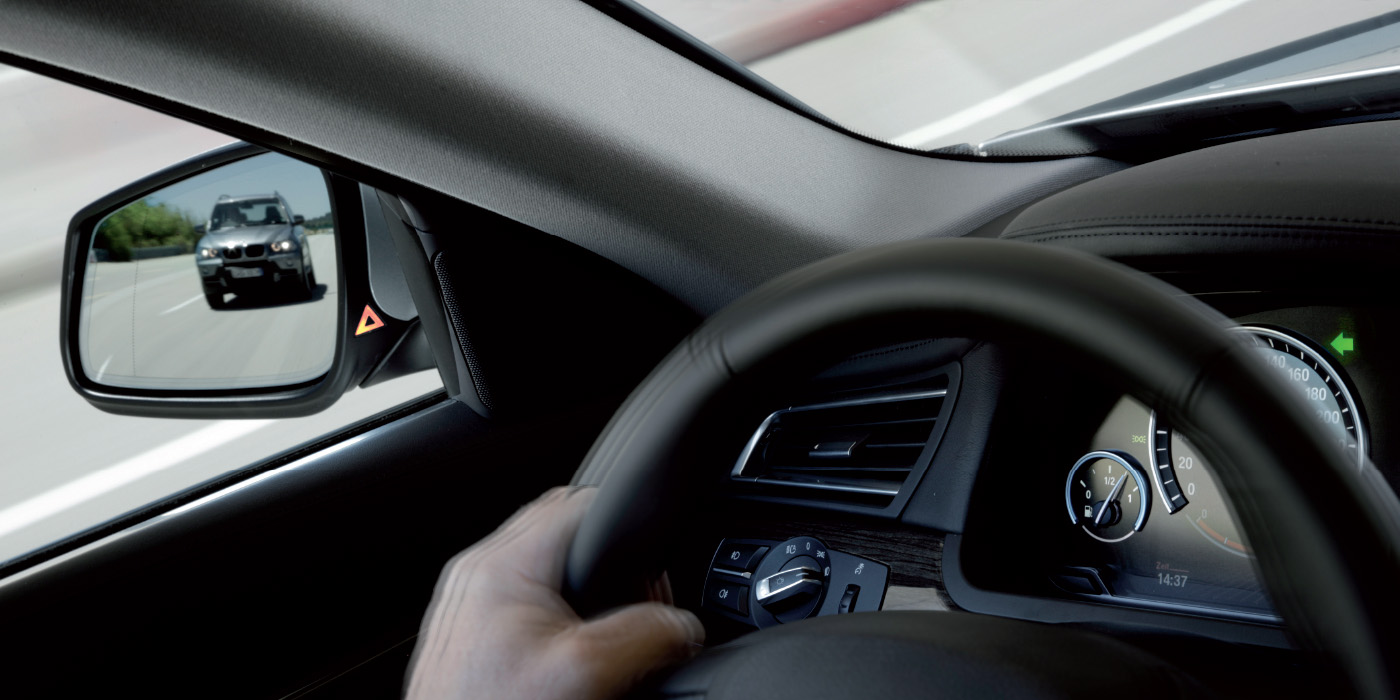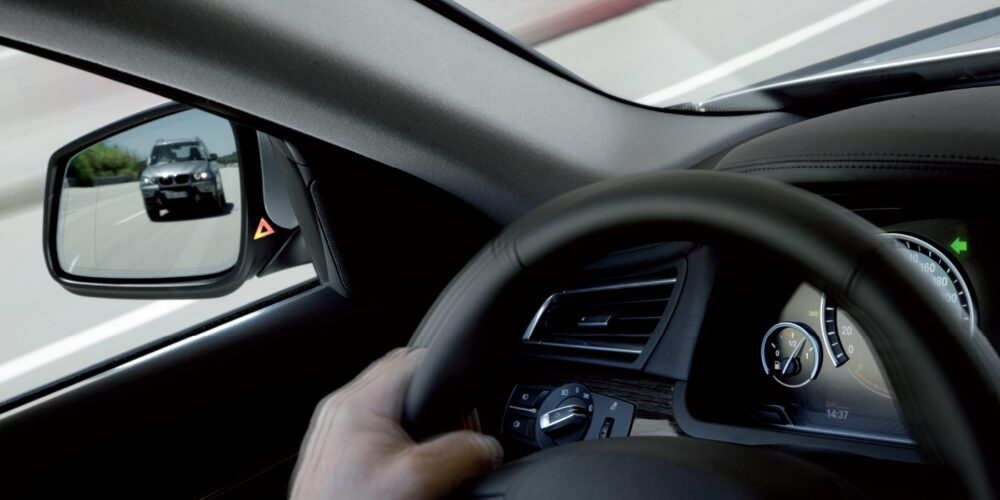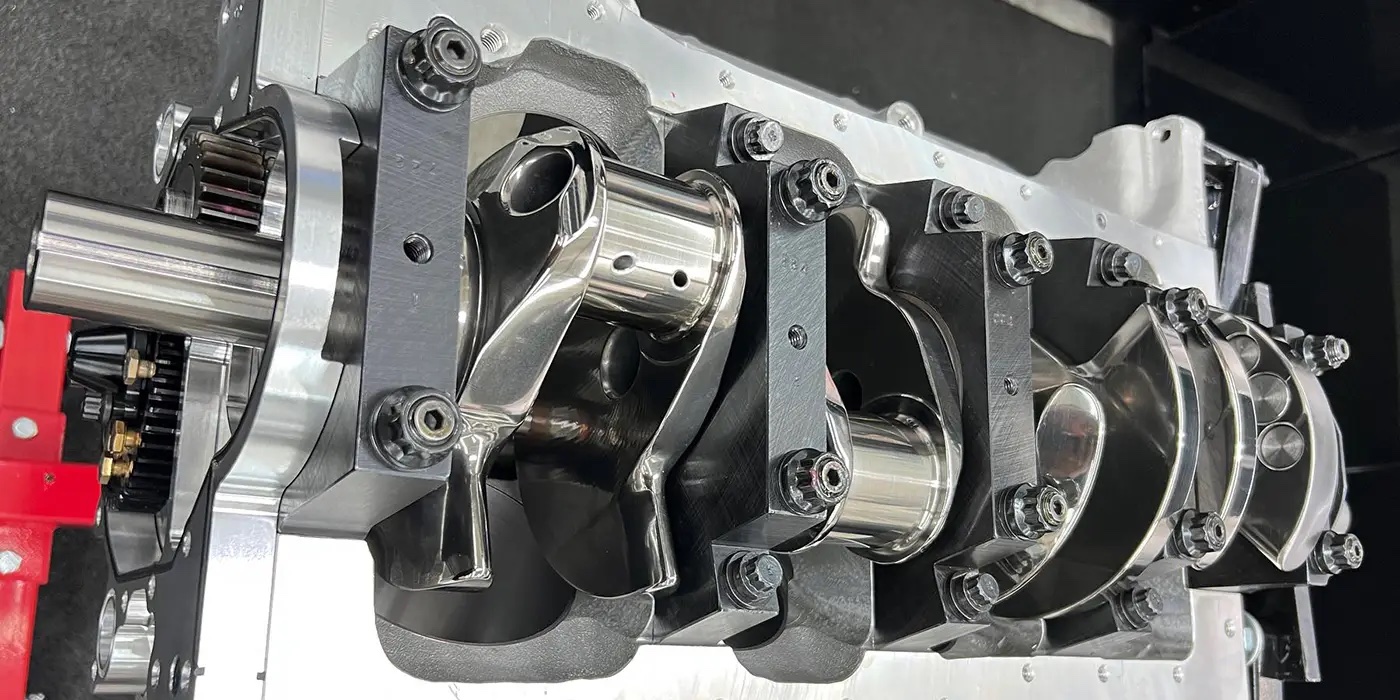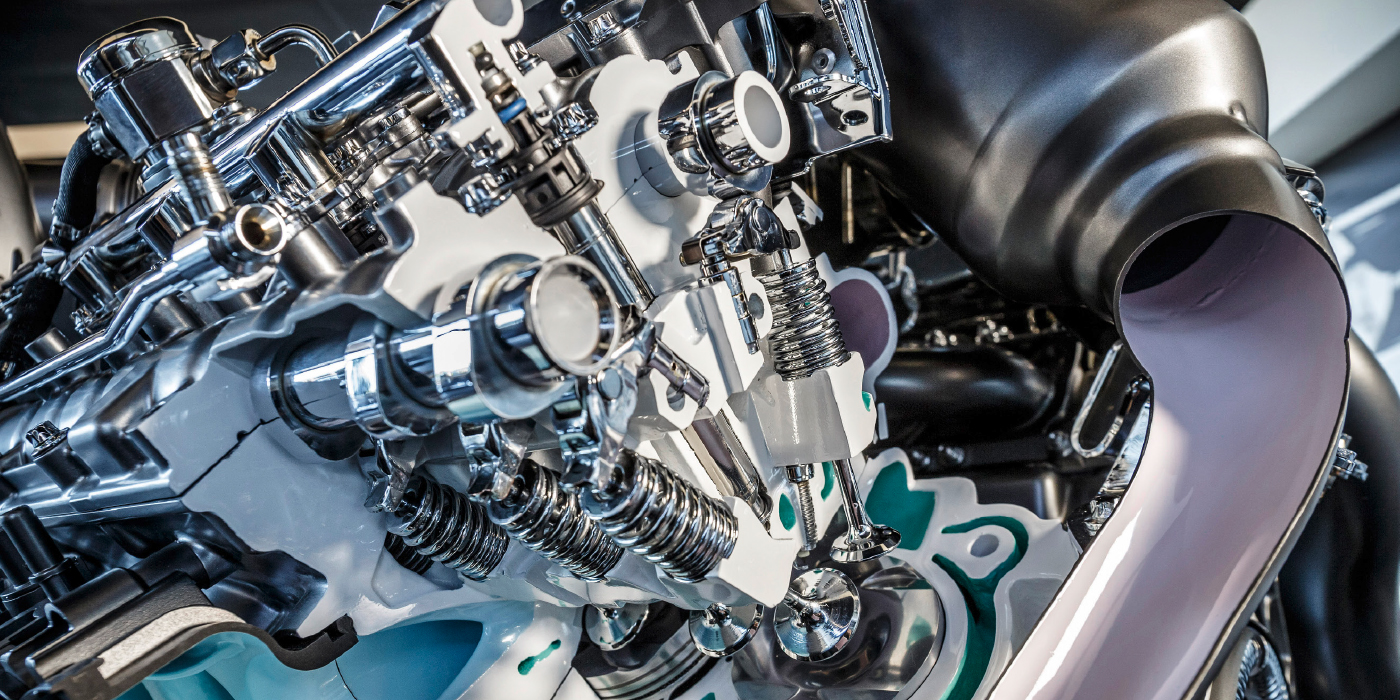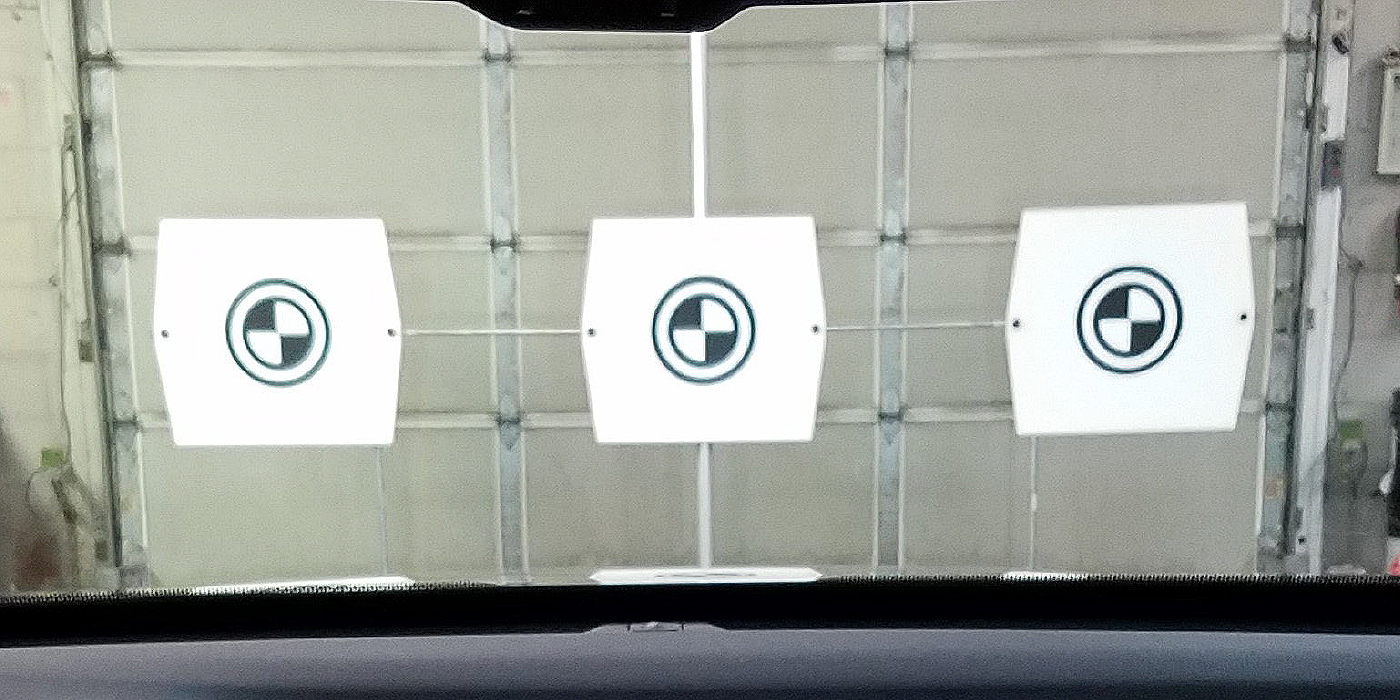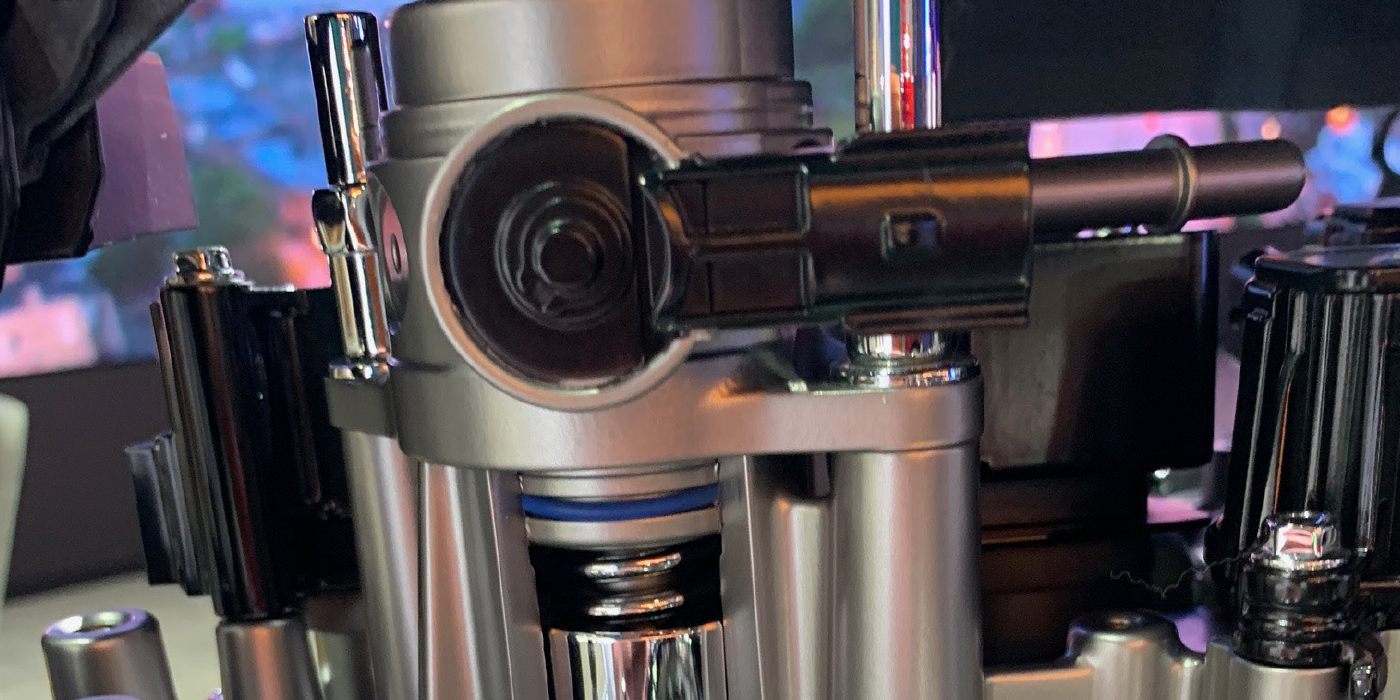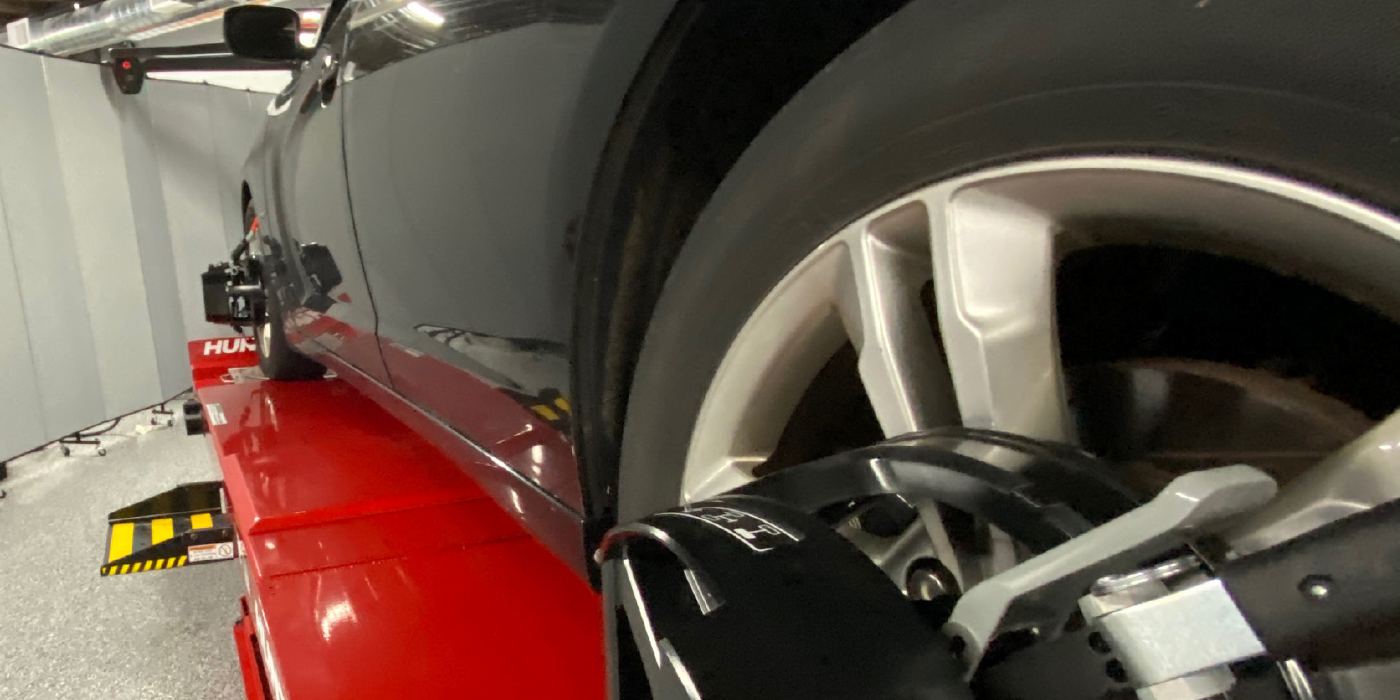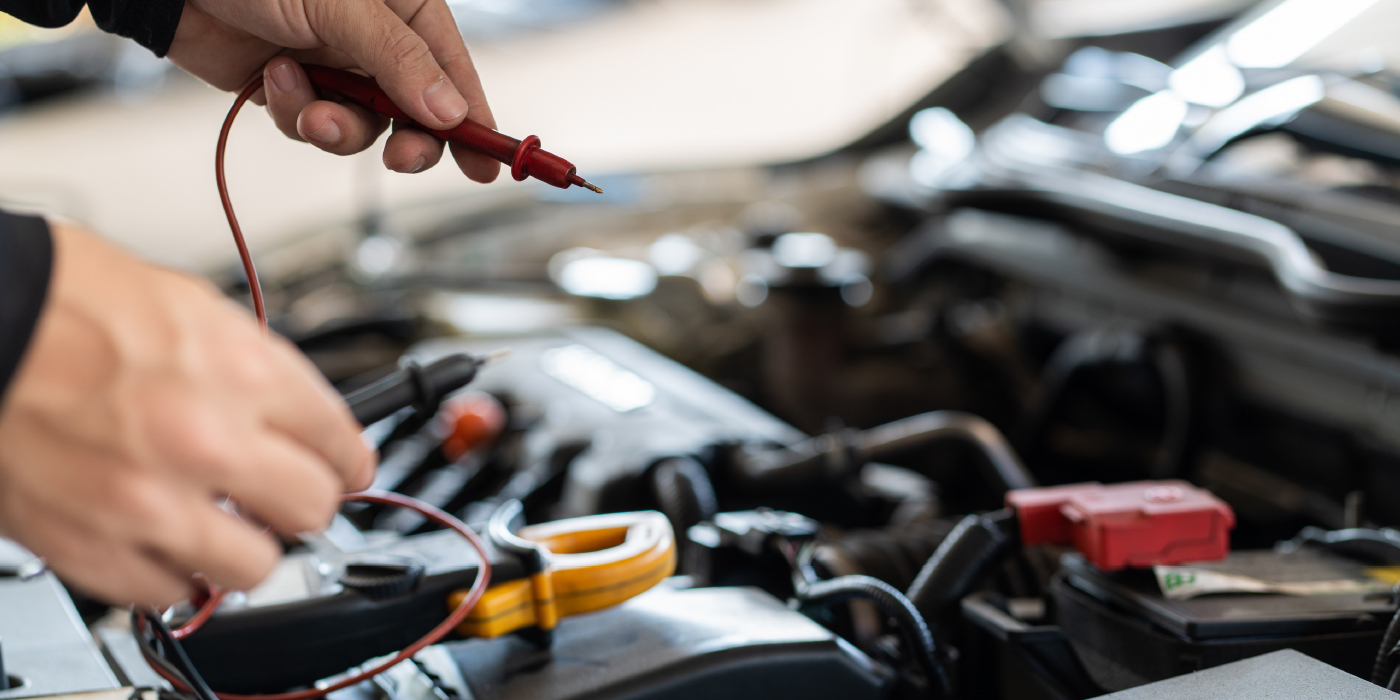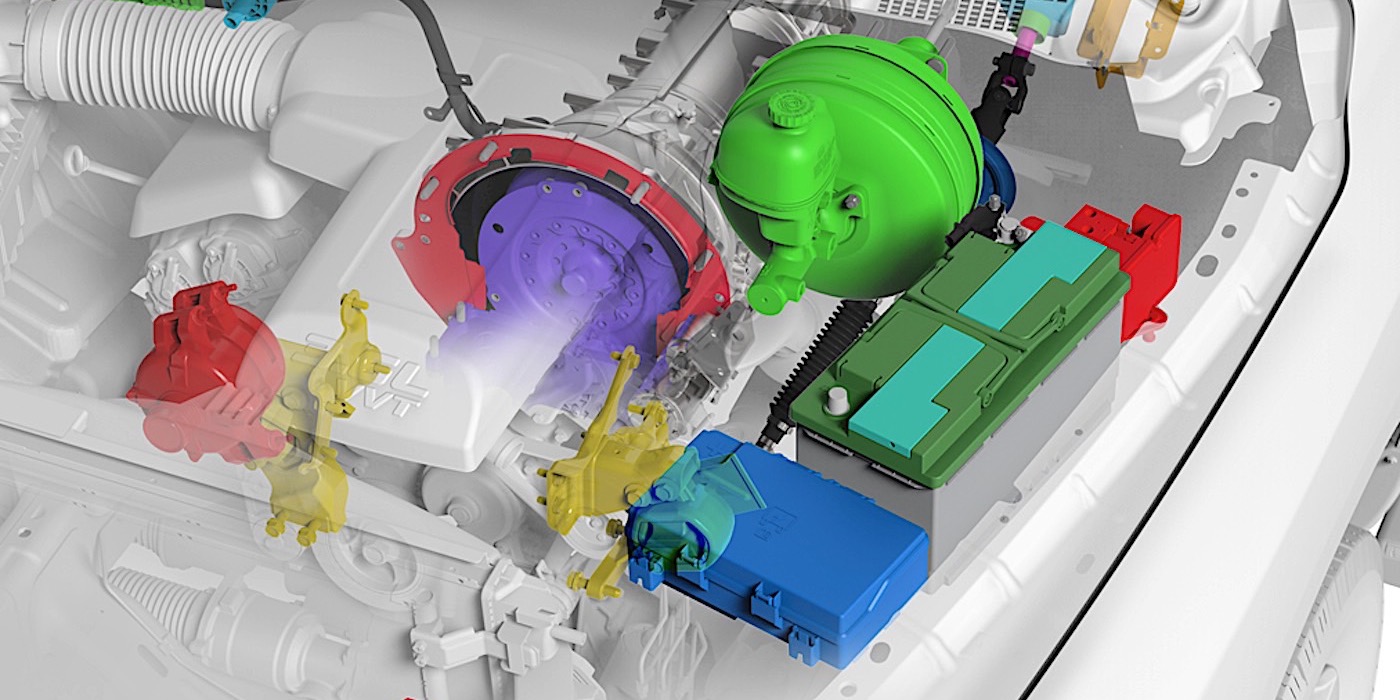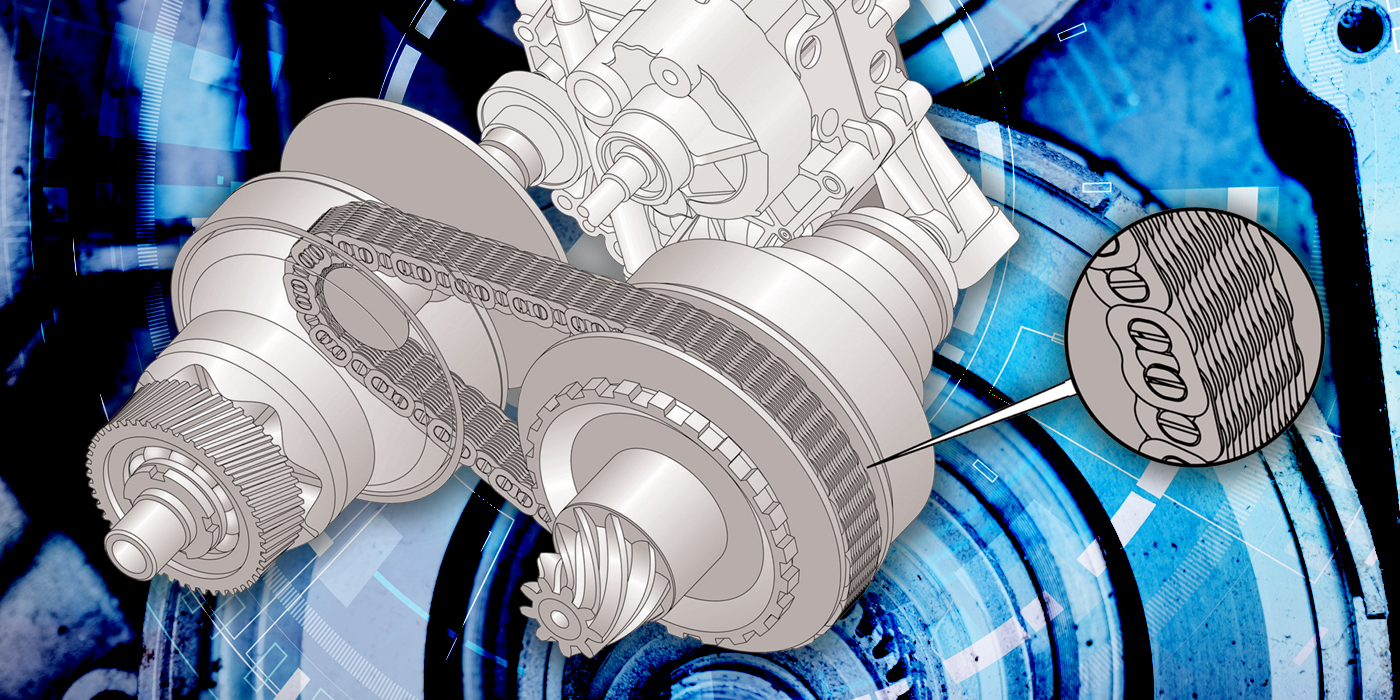All too often, technicians assume fuel pressure is “good” without actually measuring it. If the engine runs, they assume the injectors are getting adequate fuel pressure. If the engine cranks but won’t start, and they depress the service valve on the fuel rail and some fuel squirts out, then they assume the injectors have pressure. They do, but the question remains: how much pressure?
For the engine to start and run smoothly with no stalling, hesitation or misfiring, the injectors have to deliver the proper amount of fuel with every squirt. Fuel pressure to the injectors is as critical as the volume of fuel delivered by each injector when it fires.
The adaptive fuel control strategies built into a PCM, which allow it to adjust short- and long-term fuel trim to compensate for variances in fuel pressure and fuel delivery, can maintain the correct air/fuel ratio — but only within certain limits.
If an injector becomes clogged with fuel varnish deposits and fails to deliver its normal dose of fuel when it is energized, or fuel pressure to the injector drops below specifications because of a weak fuel pump, plugged fuel filter or leaky fuel pressure regulator, the PCM may not be able to increase injector duration enough to offset the difference. This can leave the air/fuel mixture too lean, causing the cylinder to misfire.
Fuel Pressure & Volume
Fuel pressure is probably the most critical factor in the fuel injection system, so much so that only a 1 to 3 PSI change in fuel pressure can often cause noticeable driveability problems.
The first thing technicians should always check when confronted with a driveability or emissions problem is fuel pressure. Look up the fuel pressure specifications for the vehicle, hook up a gauge and check the pressure with the key on, engine off, then again with the engine running. If pressure is not within specifications, there’s a problem that requires further diagnosis.
The volume of fuel delivered by the fuel pump to the injectors is also critical. Some pumps may develop adequate fuel pressure when the engine is at idle or running at low speed, but the pump doesn’t spin fast enough to keep up with the engine’s fuel requirements at higher speeds. This causes the fuel mixture to lean out and the engine to misfire or lose power.
The old rule of thumb that says a “good” fuel pump will flow about a pint of fuel in 15 seconds (half a gallon per minute) might still hold true, but some engines need more than this, and testing the flow on a pulse-width-modulated fuel pump might be impossible. So, the fuel delivery specifications also need to be looked up to see if the pump is delivering an adequate supply of fuel to the engine. A scan tool and scope are also essential tools to observe the duty cycle and wave pattern of the pump.
The volume of fuel flowing through the return line will drop as engine speed increases because more fuel is flowing through the injectors.
Right Replacement Pump
Many parts suppliers list flow rates for their fuel pumps, but the rates don’t necessarily correspond to the actual fuel flow rates on a vehicle because the pumps are rated by pumping fuel into a container. There is no fuel filter or fuel pressure regulator like there is in a system to create resistance to flow. Consequently, a pump with a catalog rating of 0.6 GPM may flow only 0.5 GPM when installed on a vehicle.
What’s more, some parts suppliers have over-consolidated their fuel pump lines to reduce the number of SKUs needed for broad market coverage. Pump capacities can always be higher than specifications, but should never be lower. So if you get a pump that is flow rated at 0.4 GPM and you install it in a vehicle that requires 0.5 or 0.6 GPM, the pump may supply enough fuel at idle and low rpm, but may starve the engine at higher loads and speeds. Yet it is not a “bad” pump — just an under-rated pump for the application.
Fuel Pressure Regulator
The fuel injectors can’t flow normally if they have low fuel pressure caused by a bad fuel pressure regulator. If the spring inside the regulator has weakened with age, the valve or diaphragm that controls return flow is leaking, or the vacuum supply hose to the regulator is leaking, loose or plugged, it will affect fuel pressure in the fuel supply rail.
On vehicles with modern returnless fuel systems, the pressure is maintained by a regulator in the tank and by modulating the voltage to the pump. Relocating the regulator to the fuel tank eliminates the circulation of fuel between the engine and tank so that the fuel stays cooler. It also simplifies the fuel system plumbing by eliminating the return line.
Another advantage is that putting the regulator in the fuel tank keeps it away from engine heat and extends its life. The only downside with the returnless EFI setup is servicing the regulator. If the regulator needs to be replaced for any reason, you have to drop the fuel tank to extract the in-tank fuel pump module. The same goes for the fuel filter, which is also located inside the fuel tank with the pump module, on most applications.
If fuel pressure is low, disconnect the vacuum hose to the regulator or check the sensors that control the regulator in the tank. You should see an increase in pressure if the regulator is not leaking. No change would indicate a bad regulator. Likewise, you can pinch or block the return line temporarily to see if pressure goes up. If it does, then it means that the regulator is bypassing too much fuel back to the tank and needs to be replaced.
Also, on return line systems, check the vacuum hose to the regulator for the presence of fuel inside the hose (there should be none). Fuel in the hose means the diaphragm inside the regulator is leaking and the regulator needs to be replaced.
Dirty Injectors
Another common problem with fuel injectors is the buildup of fuel varnish deposits in the nozzle, which restrict fuel flow or disrupt the injector’s spray pattern. On many late-model engines, the shape and direction of the spray pattern is critical for clean combustion and good performance. If the injector nozzle is dirty, then the pattern may be distorted or deflected to one side, causing a lean spot in the combustion chamber that can cause misfire, or even pre-ignition or detonation.
It doesn’t take much of a restriction in an injector to lean out the fuel mixture. Only an 8% to 10% restriction in a single fuel injector can be enough to upset the air/fuel mixture and cause a misfire.
Gasoline contains waxy compounds that can leave varnish deposits in the injectors when the fuel evaporates. These deposits tend to form after the engine is shut off. Although, heat from the engine causes residual fuel in the injector tips to evaporate, not all gasolines contain enough detergent to prevent these deposits from sticking and accumulating in the injectors. Some brands contain much lower levels of detergent than others.
Adapted from an article in Underhood Service.

